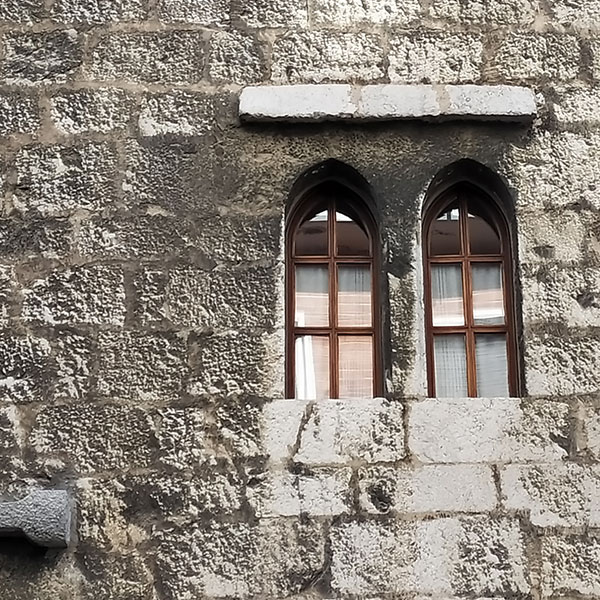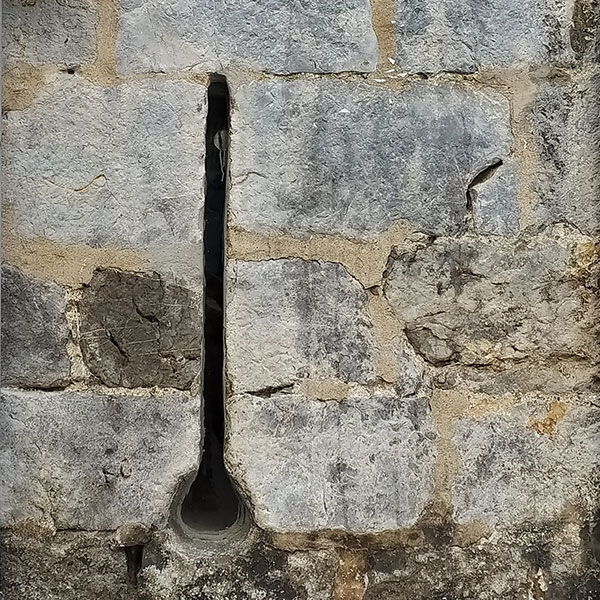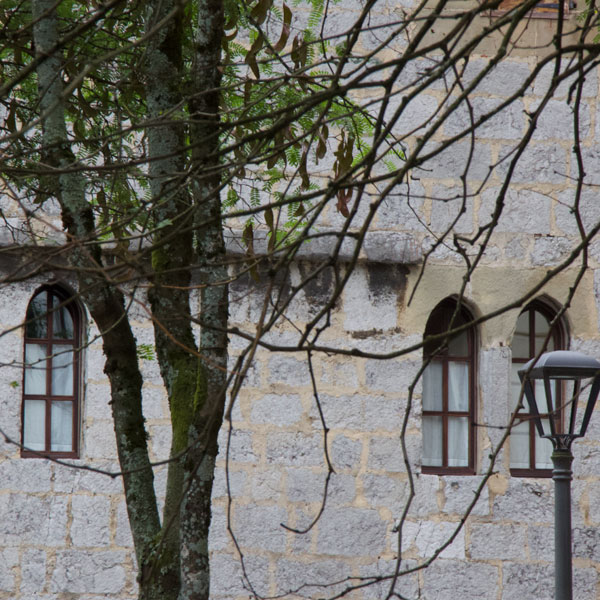How to get
9. Portalondo
Portalondo
From “hermandades” to councils
Martín Pérez de Alcega was one of the most important feudal lords of the late Middle Ages in Gipuzkoa. His lineage was established in Hernani and he did not hesitate to organise marriages of convenience to favour the power of his line of succession. He charged tithes and taxes for almost everything, took rents from forges, factories, fields… They ruled as tyrants or “jauntxos”, and in return, they offered supposed security and protection to their subjects.
These “houses” organised themselves into two main bands: the Oñacinos, who supported the kingdom of Castile, and the Gamboínos, who were aligned with the kingdom of Navarre. On more than one occasion, however, partisan interests served to break any alliance.
They gathered a lot of power, controlling villages and valleys. Even the figure of the king was threatened: They came to protect criminals, favouring robbery and plunder in the so-called “frontier of evildoers” – between the kingdoms of Navarre and Castile – with the aim of weakening the king’s position.
The Castilian monarchs were able to take on the image of a benevolent patron, who defended the population against the despotic attitude of the “houses”. In this context, and always with royal support, the Hermandad de Gipuzkoa began to legislate against abuses and unjust laws, questioning the monopoly of feudal power. Of course, the “houses” tried to react, and joined forces against this new power, but it was too late.




